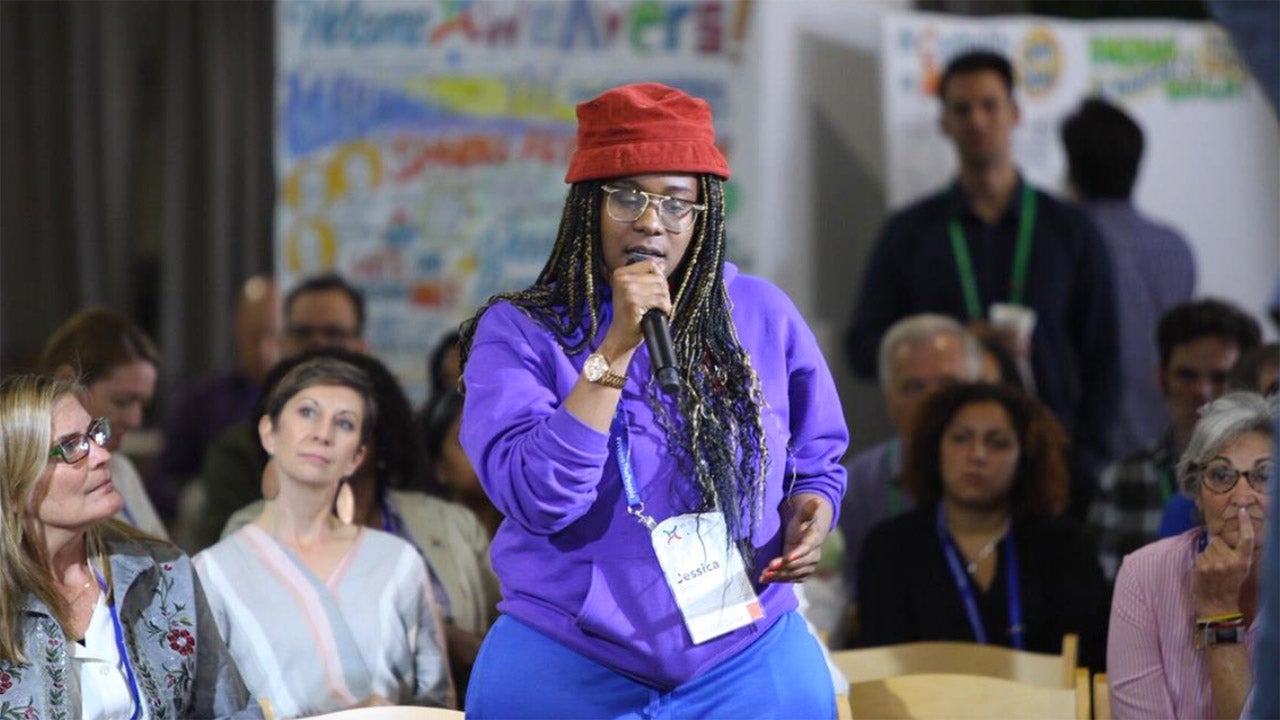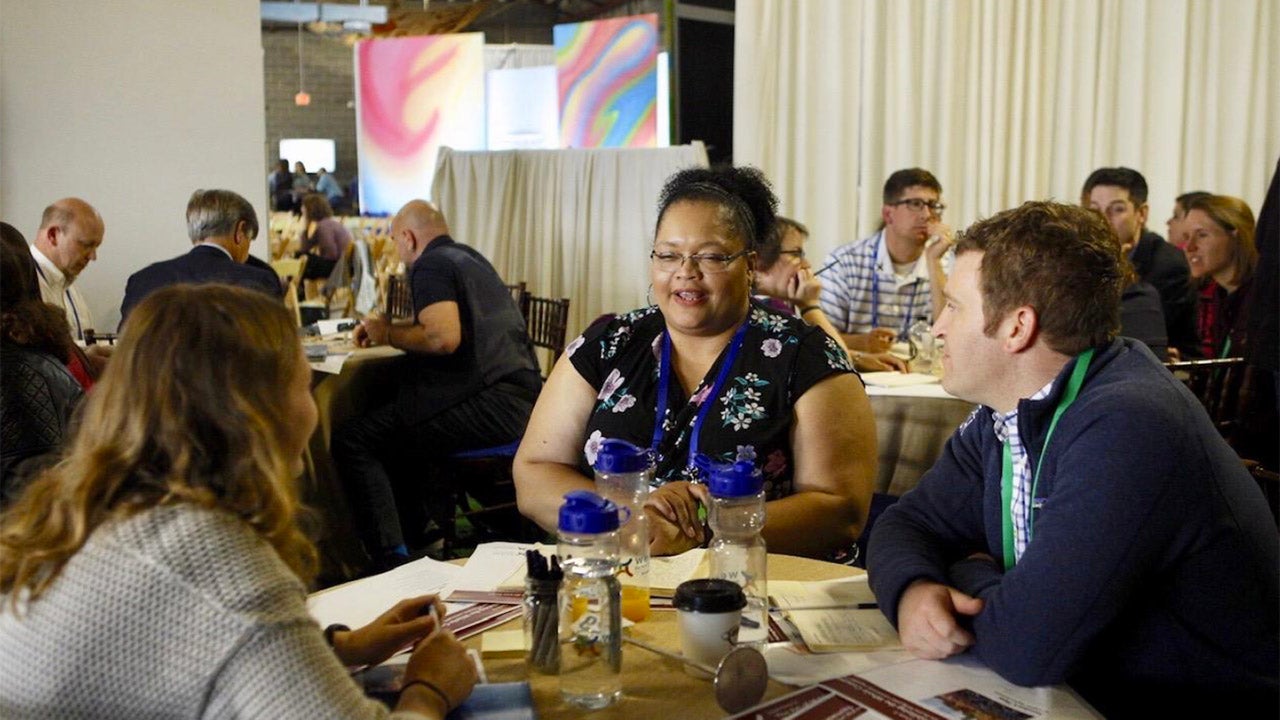This spring, my five-year-old daughter and I decided to plant a garden. We live in a rented house with no real backyard, so we rounded up every container we could find, lined them up on our patio, and filled them with soil. We dug in compost and planted seeds: beans, kale, tomatoes, strawberries, then cilantro, garlic, basil, and thyme.
Every day for two months, we’ve watered — and waited. Every week, we’ve celebrated as new sprouts have emerged. We wondered at the small but thriving ecosystem that has sprung up miraculously, right outside our door.
When I got on the plane to fly to Washington, DC early this week, I left my garden in the care of my husband and daughter, hoping that in my absence, it would continue to flourish. In much this way, each of us left our own work and communities — often just as tender and ramshackle as my garden — to spend three days at #WeaveThePeople.
It was a joy for some, a challenge for others, and an act of faith for many who weren’t even sure why they should or would attend such a gathering. But what brought us together was a shared hope that somehow new seeds would be sown that might sprout real and lasting solutions for a nation in crisis.
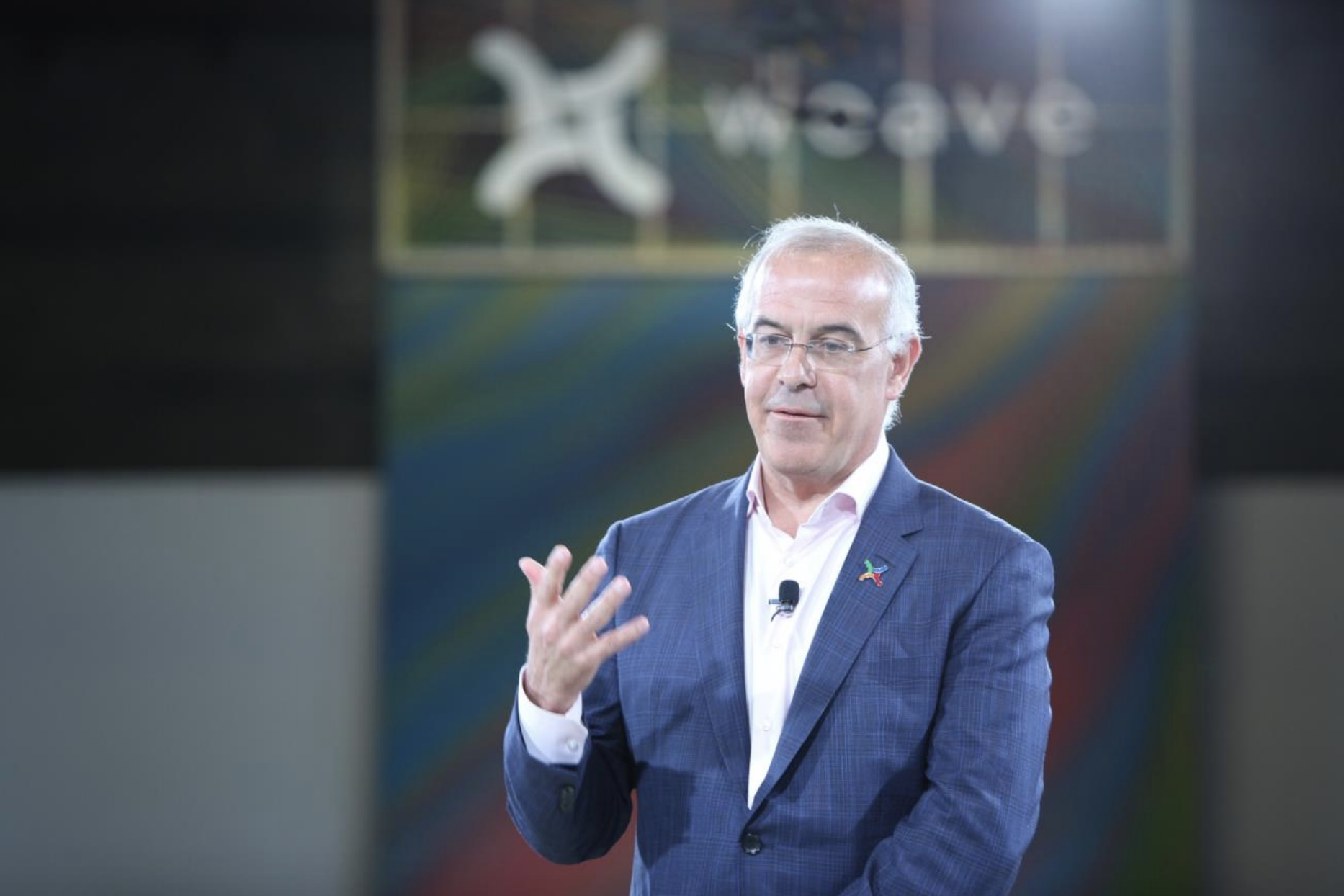
Opening the third and final day of #WeaveThePeople, David Brooks spoke of the power of “moral ecology,” the web of social norms we create and reinforce every day through small, but meaningful actions: the way we show up in a room, in a relationship, in a community.
“Each of us has to communicate a way of being,” he said. “And that’s one of the ways you change norms.” Weavers put authentic relationships and a commitment to others at the center of their lives. Creating this new “moral ecology” is what David hopes will be both the end and the means of a weaver movement.
But how to get from gathering to movement?
This was the question we wrestled with as the conference drew to a close. Stephanie Hruzek challenged us to open our minds and hearts to creative solutions by bringing a spirit of play to the work. Lisa Kay Solomon and Kaveh Sadeghian taught us the principles of design thinking as a toolkit for approaching questions such as, What’s the structure we need to keep this ongoing? How do we grow to include more people? How do we develop products and strategies to support and promote the work of weaving? And what are the unanswered questions?
Many ideas were proposed and debated in small groups. It was the very first step in a learning and discerning process that we started but certainly didn’t finish at #WeaveThePeople.
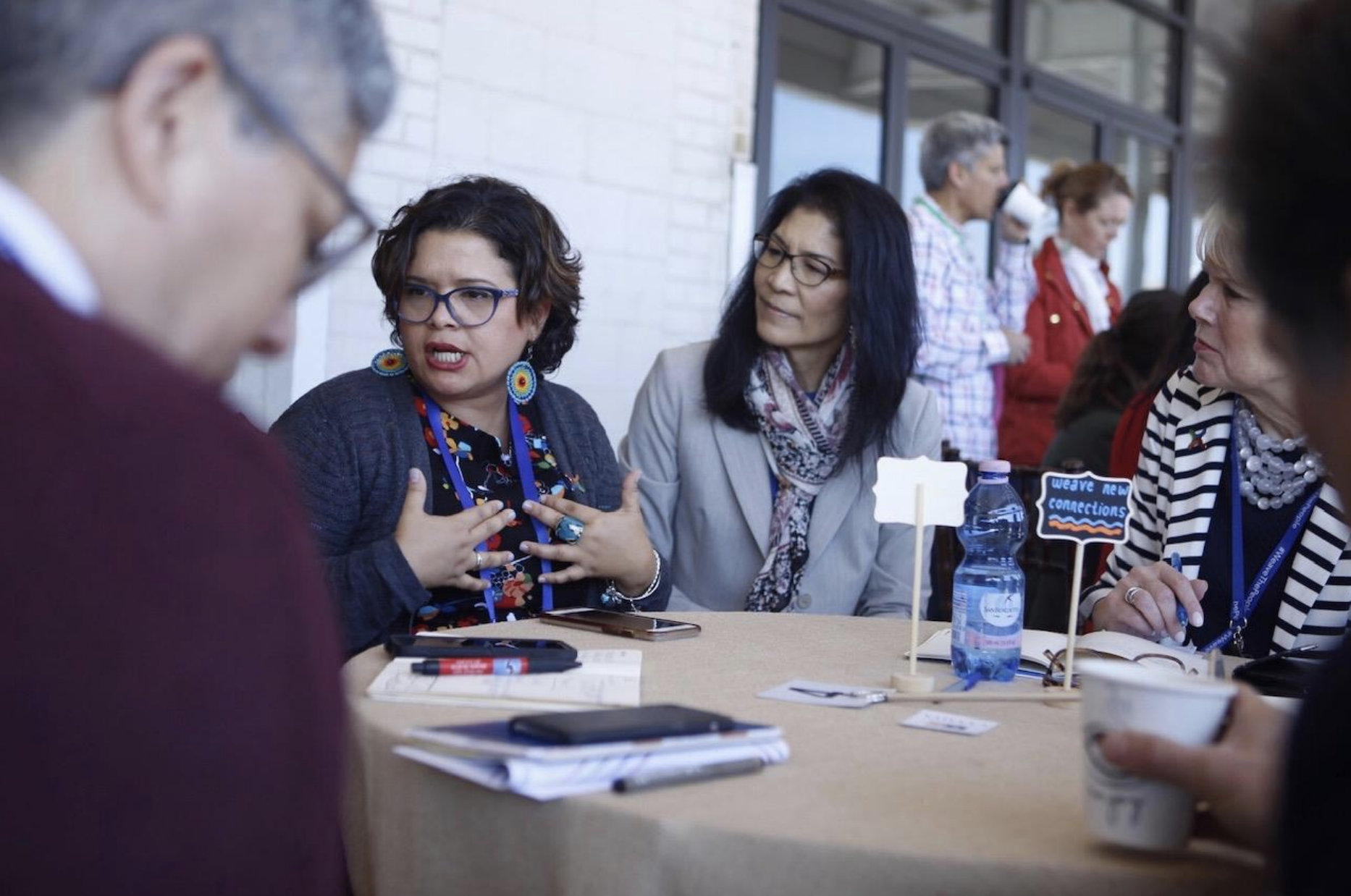
In discussing possible next steps, Pancho Argüelles warned of the danger of wanting to “harvest without planting,” challenging us to think about the broken structures and systems that must be plowed under before we can see the change we desire. And Nataki Lee Simmons passionately reminded us that “community is a garden,” and we must tend it carefully. “Be gentle,” she urged, calling out what she saw as the mistake of rushing past the pain that comes up as we weave, as well as diving into plans and programs for which the ground may not be fully prepared.
And yet, one of the sentiments that reverberated throughout the conference was a deeply felt, urgent need for action. Many were ready to move into strategy and implementation on “big ideas,” reminding us that a divisive 2020 election is just around the corner. However, as we learned from Alejandro Gibes de Gac, establishing mutual trust is critical for any kind of action to be effective. Many weavers were skeptical that we had achieved enough mutual trust as a group by Day 3 of #WeaveThePeople and were hopeful that next steps would include ways to continue nurturing it.
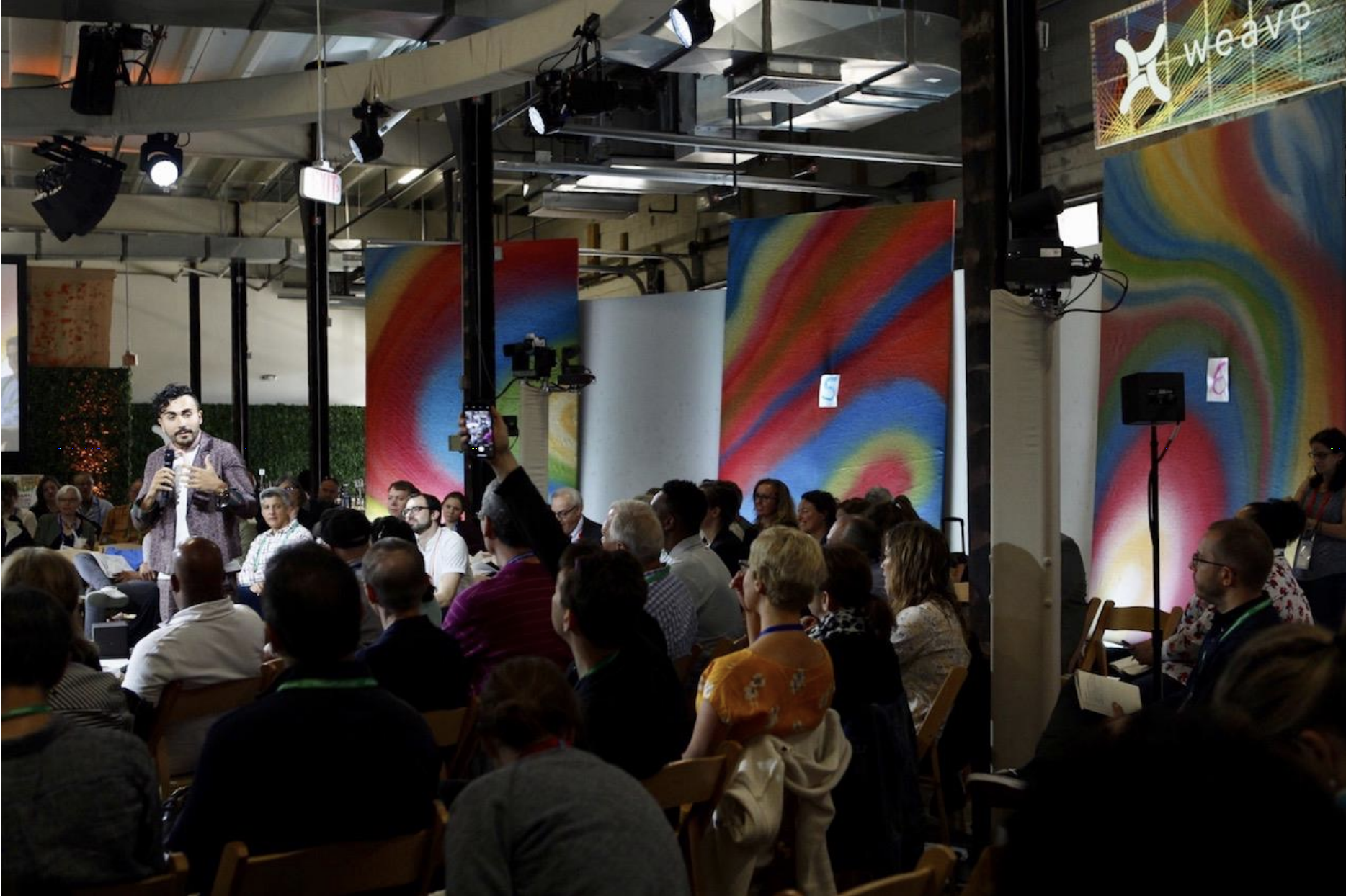
Offering a toolkit for building not just an action plan, but a truly transformational movement, Anne Snyder shared sixteen principles she distilled from her research. “Full engagement by all members” was number three. But full engagement, as we are learning and re-learning together, is never as easy as it sounds.
Indeed, ‘Why am I here?’ was one of the unanswered questions heard over and over again at #WeaveThePeople — both inside and outside of our discussion sessions. To all those feeling this way, said Ernest Clover, “Amen. I’m glad you’re trying to figure it out. Because that’s the inner work.”
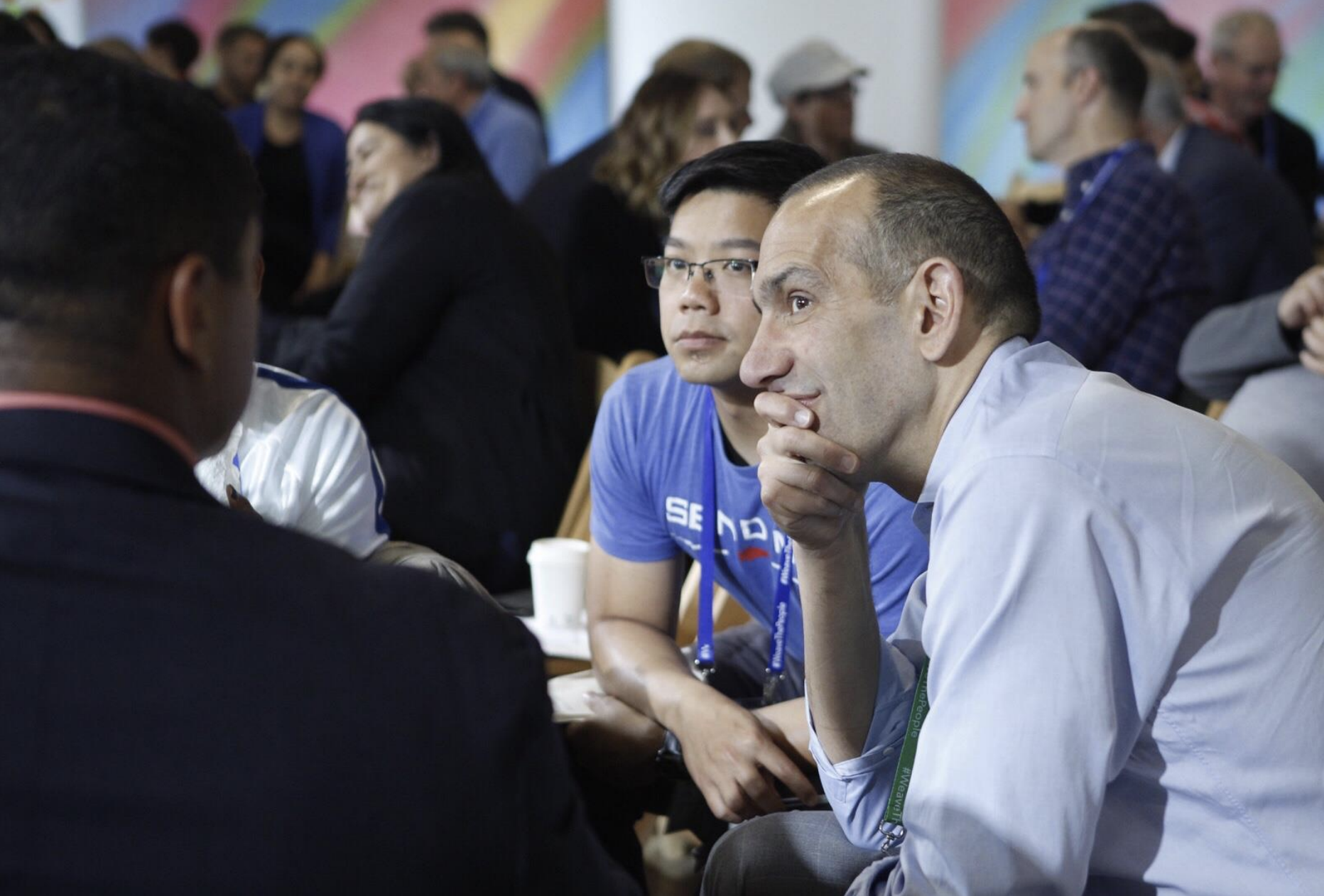
And he said you can’t skip the inner work. Ernest reminded us of the biblical parable of the plank and the speck, warning that in focusing on the speck we find in others, we miss the plank in ourselves. And that plank clouding our vision can cause us to hurt others, despite our best intentions.
Amid the tensions and unanswered questions, Monica Guzman and many others found hope and inspiration. “Look around,” she said. “We have conservatives in this room, we have people of different races in this room, we have people of different socioeconomic classes in this room. We have a lot of power in this room.
“But,” she added, “it has to begin with modeling for the rest of our country what it means to forgive each other.”
The need to forgive offenses, hold space for weakness, put inner work first, and expect fumbling as we feel our way toward the outer work, was heard again and again. “It’s relationship that’s going to change the world and it starts here today,” said Ernest Clover. “Do the heart work. And the rest, we’ll figure it out as we go along.”
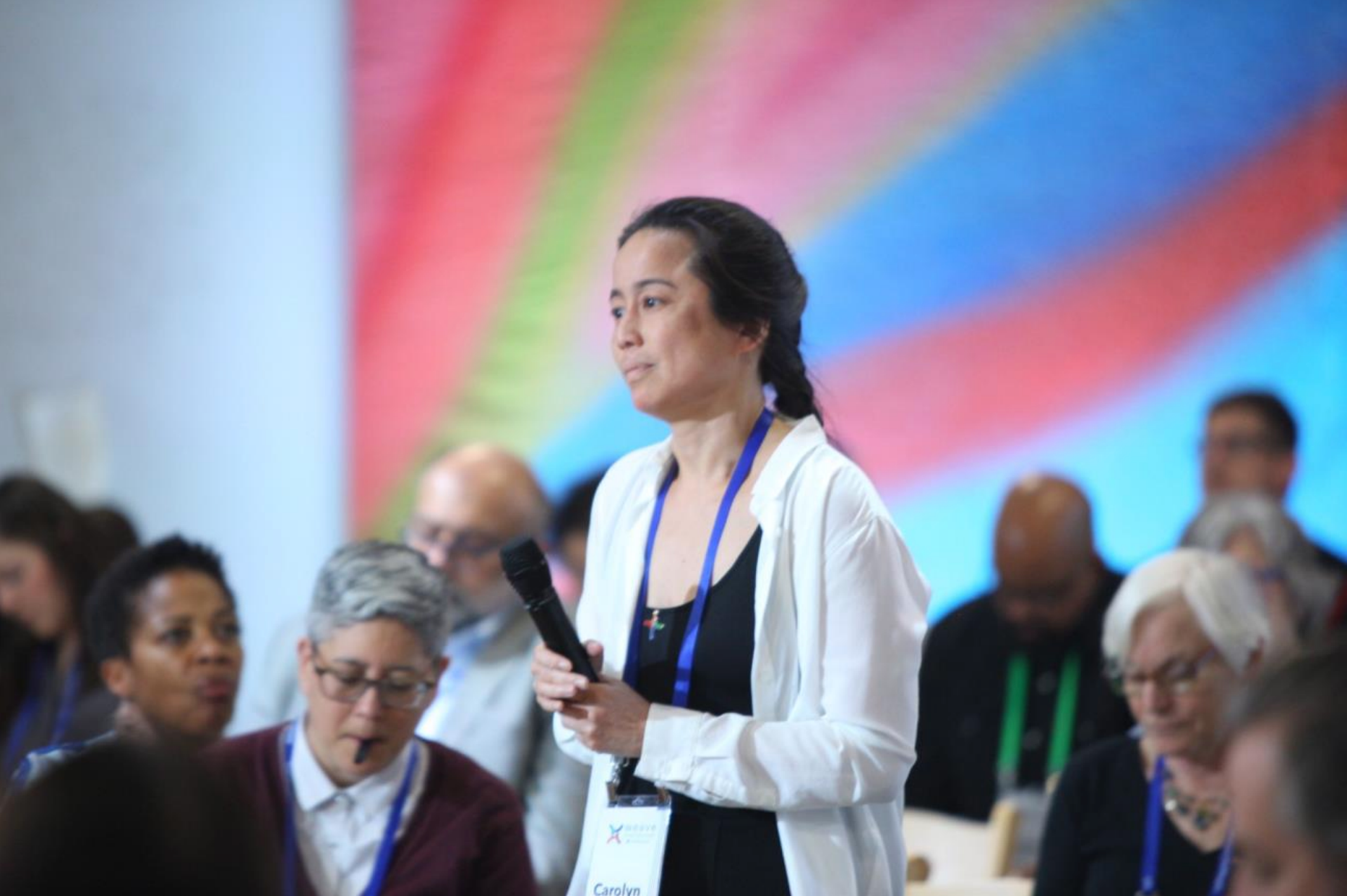
Also echoed many times was celebration of the fact that we have come this far. “You may not see it, but this has been so different from every other conference I go to,” David Brooks reminded us, noting the new moral ecology he watched grow up in just three days at #WeaveThePeople. “At every other conference, you lead with your bio and your achievements, and at this one, most of us have done the opposite,” he said. “And that is just radically different … and it has life-changing effects.”
“To plant a garden is to believe in tomorrow,” Audrey Hepburn once said. If there is anything we weavers all share, it is the belief that a new day will dawn, that something better is possible, and that we can get there together, however challenging that process may be. Sometimes when we plant beans, sunflowers come up. There are limits to how much we can control the process of co-creation.
Yet there are unlimited possibilities as we keep showing up for the work, showing up for each other, and trusting in the process. As I return to the tender, ramshackle gardens I am tending inside myself and out in my community, this is what I will remember. And I will water, wait, and wonder as the seeds planted at #WeaveThePeople begin to grow. I hope you will, too.
You can see essays recapping other days of the #WeaveThePeople gathering and watch videos of the conversations. Learn more about Weave: The Social Fabric project at WeaveSocialFabric.org, where you can also sign up to receive newsletter updates every 2-3 weeks.
